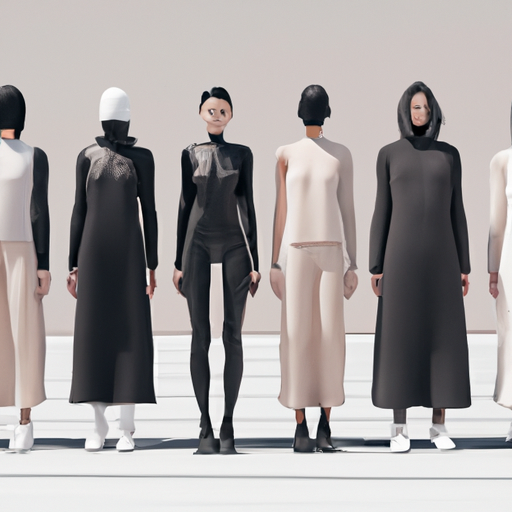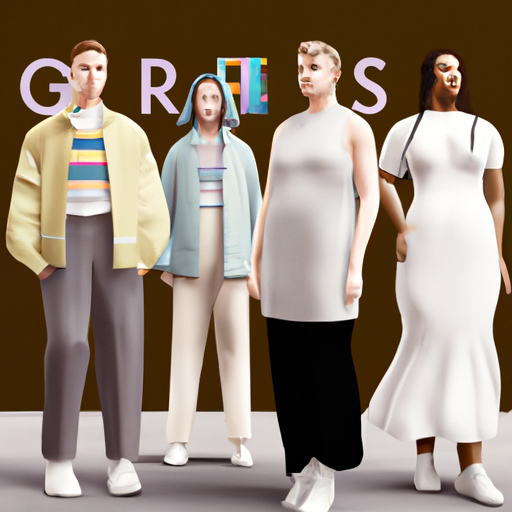Genderless fashion is revolutionizing the way we perceive clothing and personal expression. Designers are challenging traditional gender norms by creating versatile, inclusive collections that transcend binary limitations. This movement represents a significant cultural shift towards more fluid and individualistic style choices.

In recent years, the fashion industry has witnessed a profound transformation with the emergence of genderless fashion. This innovative approach to clothing design challenges long-standing traditional gender norms and provides individuals with unprecedented freedom of self-expression.
Traditionally, fashion has been rigidly divided into masculine and feminine categories, with clear distinctions in silhouettes, colors, and styling. However, contemporary designers are dismantling these boundaries, creating collections that celebrate individual identity rather than conforming to restrictive gender expectations.
Leading fashion houses like Gucci, Balenciaga, and Louis Vuitton have been at the forefront of this movement, presenting runway collections that blur gender lines. Their designs feature fluid cuts, neutral color palettes, and versatile pieces that can be styled in multiple ways, regardless of gender identity.
The rise of genderless fashion is not merely a trend but a reflection of broader societal changes. Younger generations, particularly Gen Z and millennials, are increasingly rejecting traditional gender constructs and demanding more inclusive representation in fashion.
Technological advancements and digital platforms have also played a crucial role in accelerating this movement. Social media influencers and celebrities have embraced genderless fashion, showcasing how clothing can be a powerful tool for personal expression and breaking down societal barriers.
Designers are reimagining classic wardrobe staples with innovative approaches. Tailored suits now come in softer cuts, oversized silhouettes are celebrated, and traditionally gendered colors are being reimagined as universal statements.
The economic implications of genderless fashion are significant. Brands recognizing this shift are expanding their market reach by creating more inclusive collections that appeal to a broader customer base. This approach not only promotes diversity but also drives innovation in design and manufacturing.
Consumer psychology is also evolving. People are increasingly prioritizing comfort, personal style, and individual expression over adhering to traditional gender-specific clothing norms. This shift reflects a deeper understanding of gender as a spectrum rather than a binary construct.
Sustainability intersects with genderless fashion in meaningful ways. By creating versatile, timeless pieces that can be worn by anyone, designers are promoting more sustainable consumption patterns and challenging the fast fashion model.
As the fashion industry continues to evolve, genderless clothing represents more than just a aesthetic choice. It symbolizes a broader cultural movement towards inclusivity, personal freedom, and the celebration of individual identity beyond traditional gender constraints.
The future of fashion is not about limiting expression but expanding possibilities. Genderless fashion invites individuals to explore, experiment, and embrace their unique style without fear of judgment or restriction.



